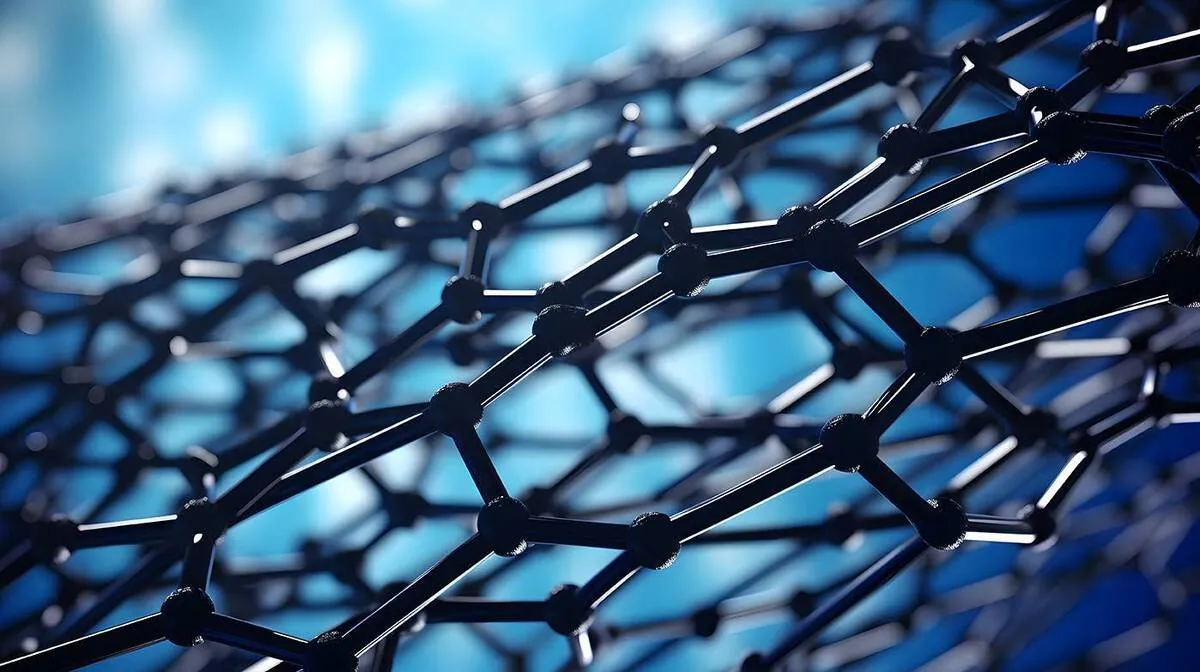New Light Trick in Carbon Nanotubes Could Boost Solar Power

Three physicists from Japan’s RIKEN Center for Advanced Photonics have uncovered how ultra-thin carbon tubes, known as carbon nanotubes, can emit light that carries more energy than the light they absorb. This surprising discovery could pave the way for new technologies in solar energy harvesting and advanced biological imaging, the journal Physical Review B reported.
Most of us are familiar with how some materials glow under ultraviolet (UV) light, like fluorescent paints. These are classic examples of photoluminescence, where a material absorbs high-energy UV light and then releases lower-energy visible light.
But in some materials, the reverse can happen. Shine low-energy light on them, and they emit higher-energy light in return. This rare and counterintuitive process is called up-conversion photoluminescence (UCPL). It’s of growing interest because it could improve solar cell efficiency by converting unusable low-energy light into electricity-producing high-energy light.
In typical photoluminescence, incoming light excites an electron, lifting it to a higher energy level and leaving behind a positively charged “hole.” The electron and hole briefly form a bound state called an exciton. Eventually, they recombine, releasing light.
In normal photoluminescence, the exciton loses energy to the material, and hence the emitted light carries away less energy than the incoming light brought in. In UCPL, however, the exciton receives an energy boost from the material by interacting with vibrations in it known as phonons.
Now, Yuichiro Kato and two colleagues, all at the RIKEN Center for Advanced Photonics, have pinned down exactly how UCPL works in single-walled carbon nanotubes—drinking-straw-like cylinders of carbon just a few billionths of a meter wide.
Previous theories had suggested that UCPL could only happen in single-walled carbon nanotubes if excitons were temporarily trapped by defects in the nanotube’s structure. But the researchers found that UCPL occurred with high efficiency even in defect-free nanotubes, suggesting that an alternative mechanism was at work.
The trio discovered that when an electron is excited by light, it gets a simultaneous energy boost from a phonon to form a ‘dark exciton’ state. After losing a little energy, the exciton finally emits light with more energy than the incoming laser.
Raising the temperature produced a stronger UCPL effect, confirming predictions made by their model. “Phonons are more abundant at higher temperatures, enhancing the likelihood of phonon-mediated transitions,” says Kato.
The researchers plan to study the possibility of cooling a nanotube using laser illumination to remove thermal energy by UCPL and explore energy-harvesting opportunities to create a nanotube-based device.
“By establishing an intrinsic model of UCPL in single-walled carbon nanotubes, we hope to open up new possibilities for designing advanced optoelectronic and photonic devices,” says Kato.
4155/v





















